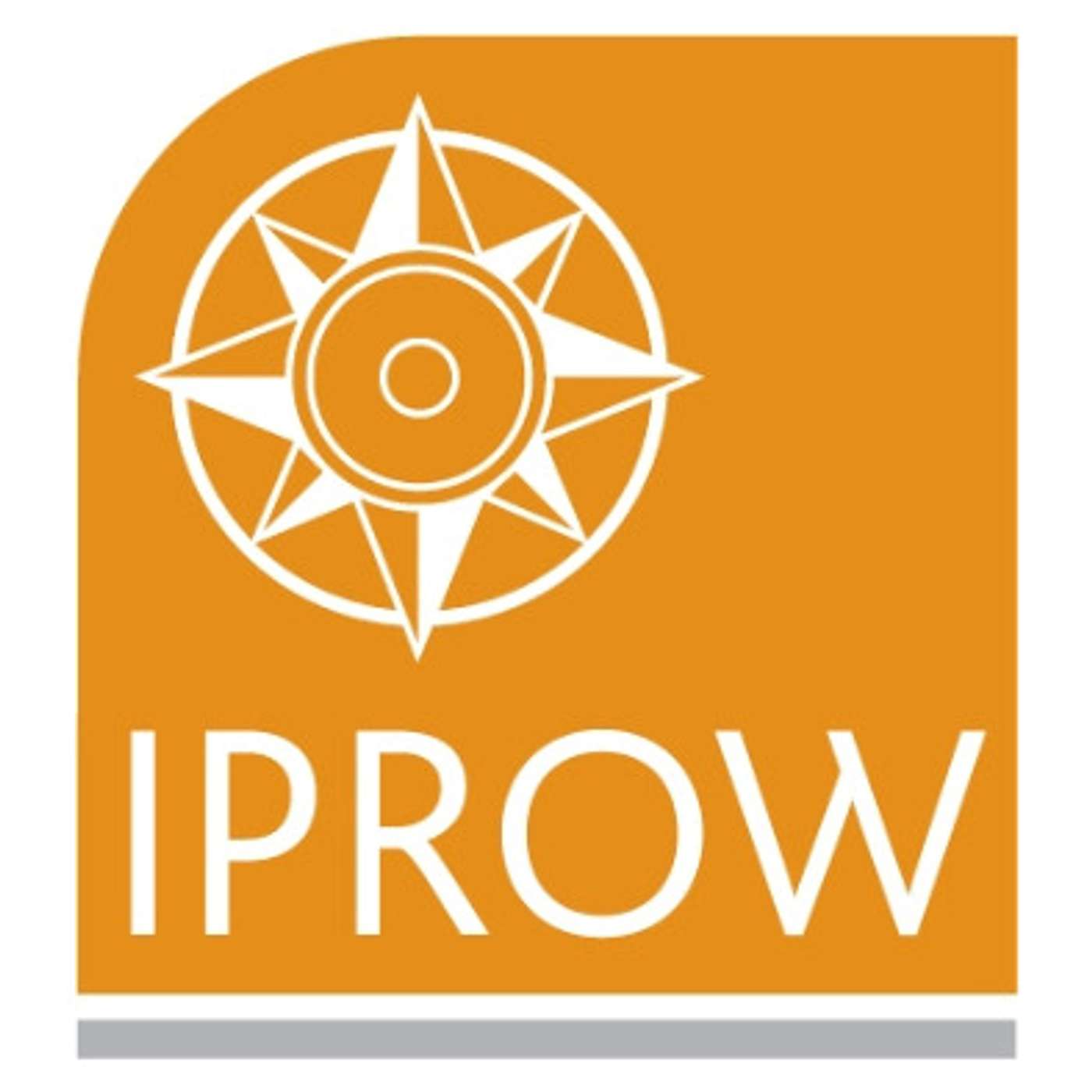Listen "10. Including dogs in planning public access and SANGs"
Episode Synopsis
Last episode we were talking about planning and development, and as a sequel, here we talk about provision of SANGs -- Suitable Alternative Natural Green Space -- with Stephen Jenkinson, and including dog-walking by design. Stephen started in public access as a rights of way officer and moved to countryside access, specialising in dogs and how public access can be managed to include dog-walking.A primary benefit of owning a dog for many people is that it takes them outside, 'makes' them walk, with gains for their health and wellbeing (as well as the dog's). Landholders' most common resistance to public access is dogs, but how much of that perception results from inadequate public access and ignoring dog-ownership in planning and a failure to provide green space? Join Stephen and Gemma for a wide-ranging conversation of creating opportunities and managing access to be inclusive of dog-walking to the benefit of all.The views of speakers and the presenter are not necessarily those of IPROW. Nothing in any IPROW podcast should be taken as legal advice or used beyond the context of the podcast. The podcast is aimed at IPROW's members, a knowledgeable audience, though not expressly limited to them.Find out more about membership of IPROWIPROW is the Institute of Public Rights of Way and Access Management, which was established in 1986 as the membership organisation representing professionals involved in the management of public rights of way and access in England, Wales, Scotland and Northern Ireland, principally as local government officers (and then called the Institute of Public Rights of Way Officers).It has grown into an active and dynamic network providing advice, training, advocacy and networking to its members.Mission StatementTo represent and promote the views and interests of members, raise professional standards, encourage the exchange of ideas and information in public rights of way and access management, and foster communication and co-operation between related bodies.
More episodes of the podcast IPROW's Beyond (the) Waymark
9: Planning in practice
13/08/2025
7: An inspirational career path
07/04/2025
4: In All Our Footsteps
13/10/2024
3: Plastic wood' for ROW structures
27/09/2024
2: Benefits of membership
22/08/2024
1: Membership and why people join
11/06/2024
 ZARZA We are Zarza, the prestigious firm behind major projects in information technology.
ZARZA We are Zarza, the prestigious firm behind major projects in information technology.
